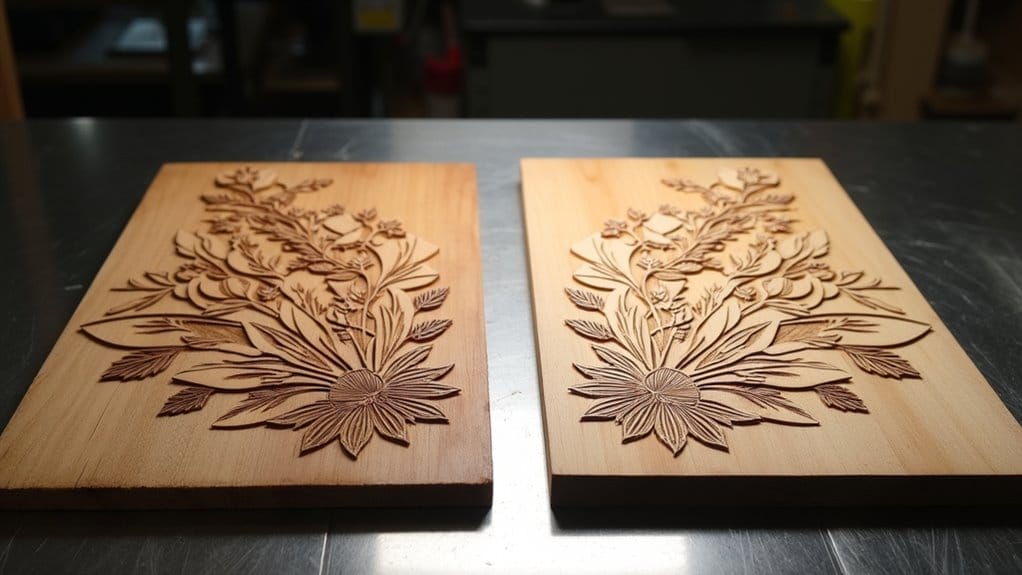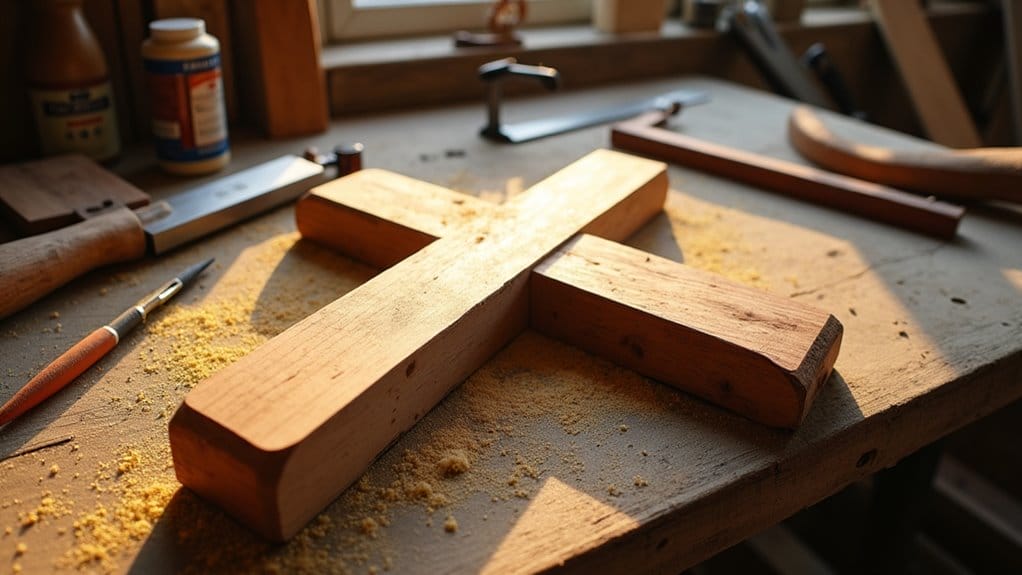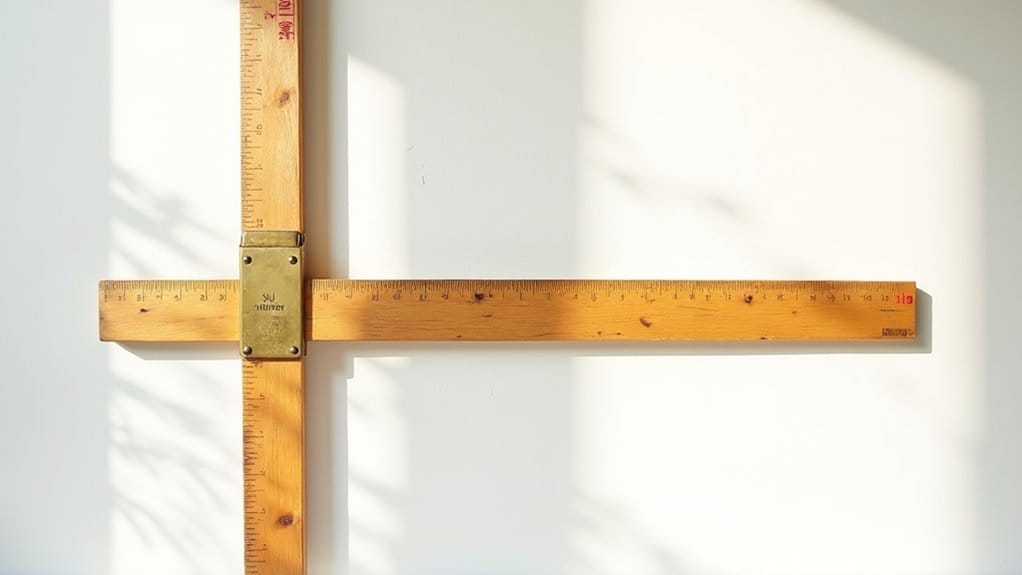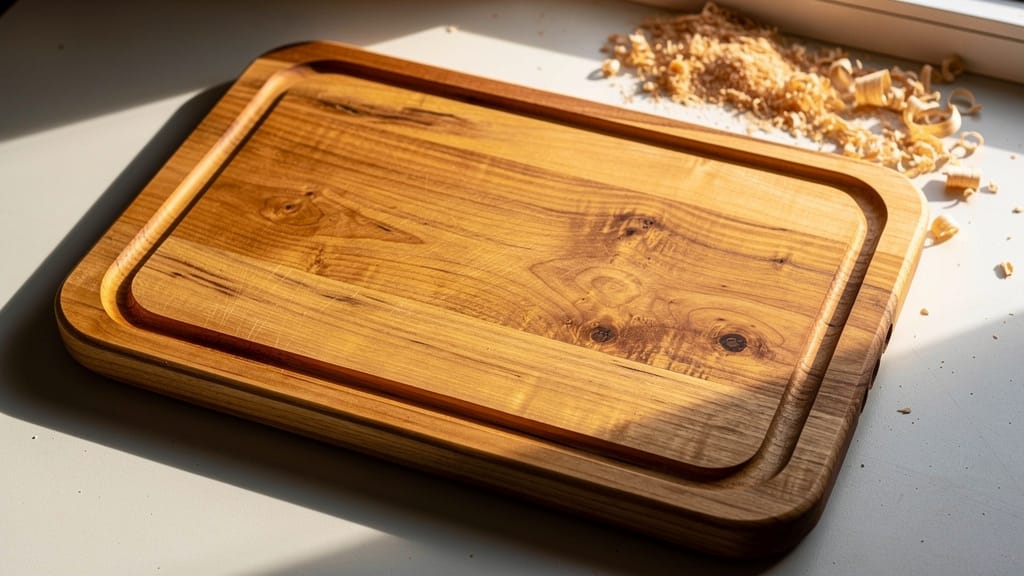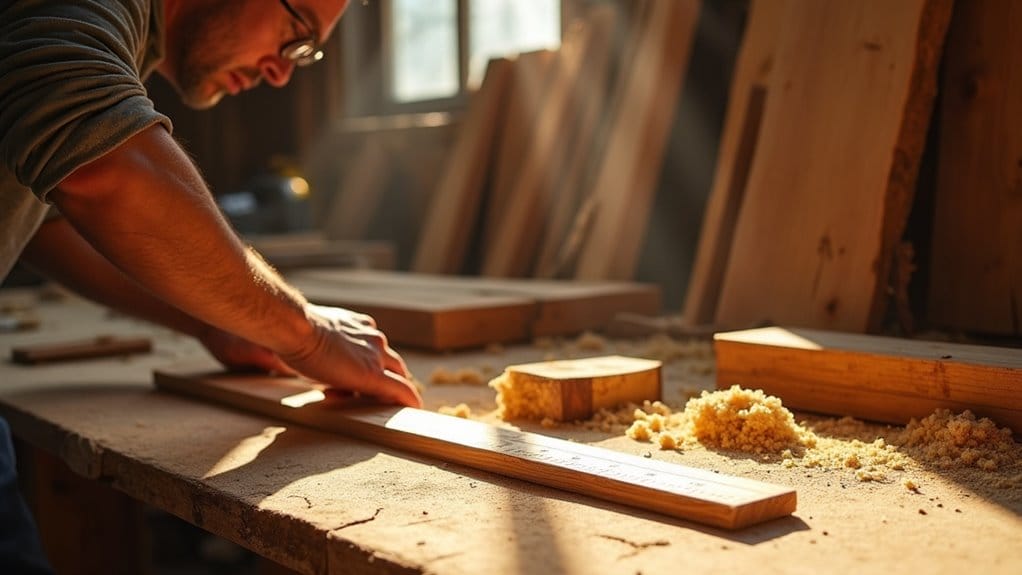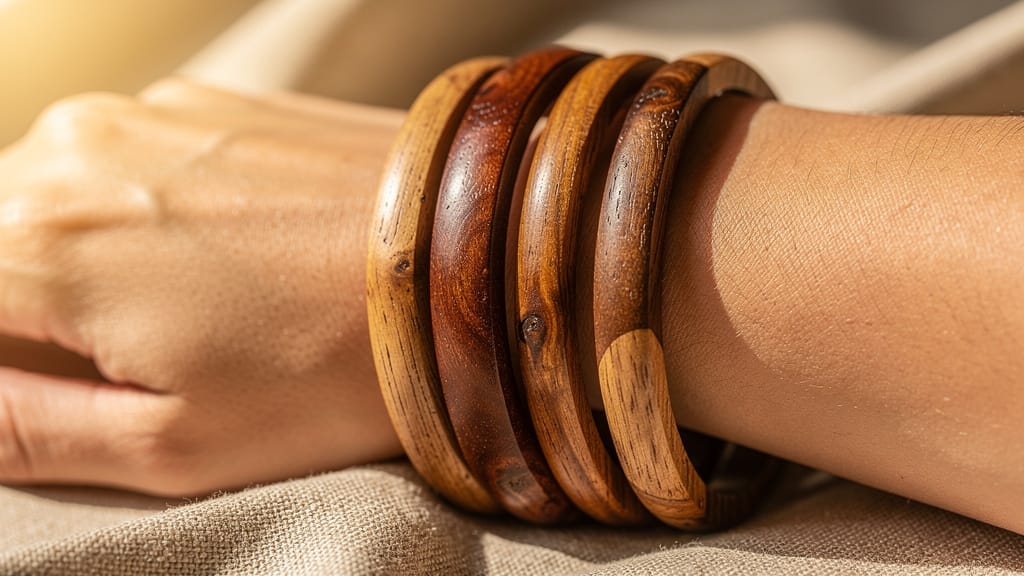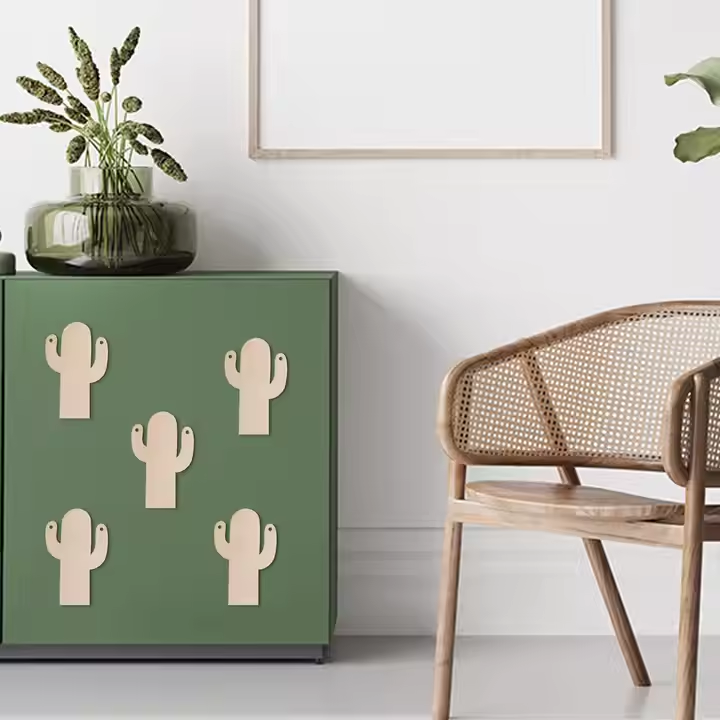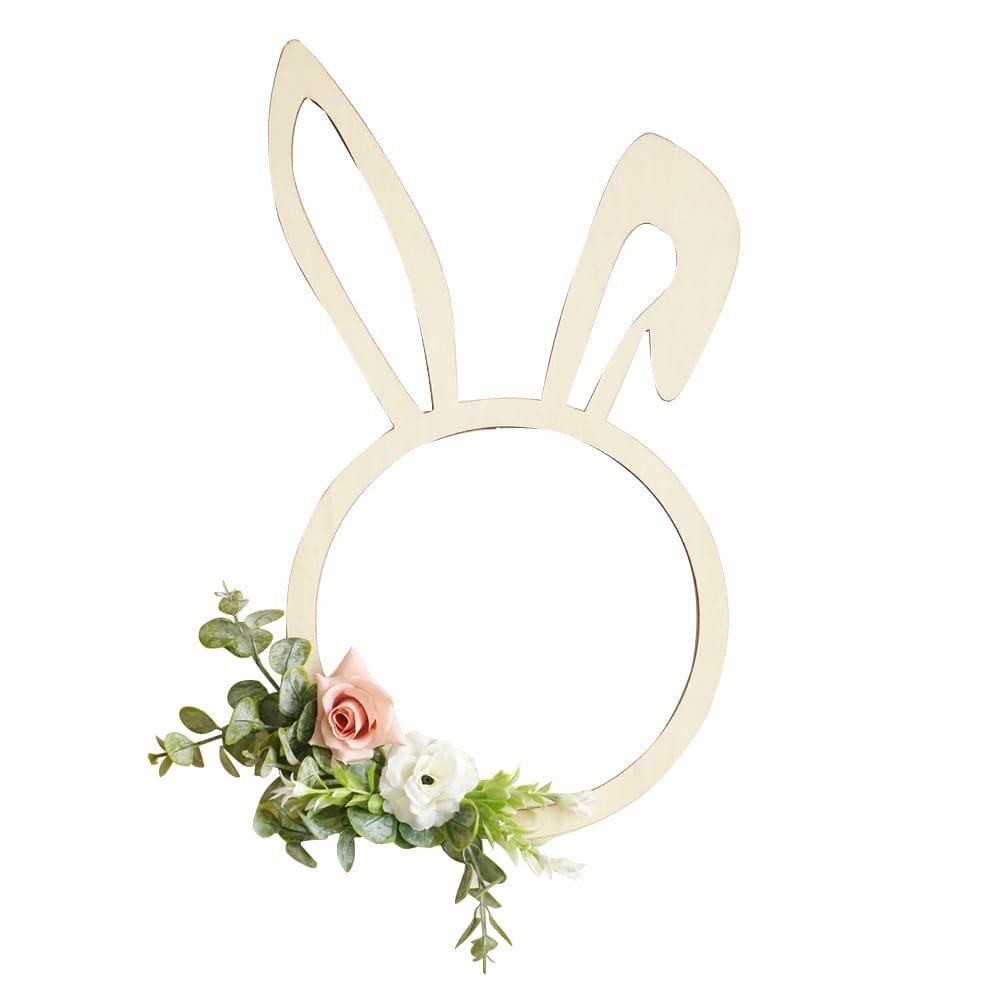If you want to know how to sanitize wooden spoons at home, you are not the only one. Cleaning them the right way keeps your wooden utensils clean and helps them last longer. You do not need special cleaners or strong chemicals. Simple things like baking soda, white vinegar, or hydrogen peroxide work well for wooden utensils. Never put wooden spoons in the dishwasher or let them soak. This can crack or bend the wood. When you learn how to sanitize wooden spoons, you keep your utensils safe and ready to use for every meal.
Key Takeaways
- Always wash wooden spoons by hand. Use mild soap and warm water. Dry them right away to stop damage.
- Use natural sanitizers like baking soda with lemon. You can also use white vinegar or hydrogen peroxide. These clean and disinfect wooden spoons safely.
- Never put wooden spoons in the dishwasher. Do not soak them in water. This can make them crack, bend, or grow mold.
- Oil wooden spoons often with food-grade mineral oil or beeswax. This keeps the wood strong. It stops cracks and helps them look nice.
- Check wooden spoons for cracks, splinters, or bad smells. Replace them if they are damaged. This keeps your kitchen safe and clean.
How to Sanitize Wooden Spoons

Materials Needed
Before you start, gather a few simple items. You probably already have most of these in your kitchen. Here’s what you’ll need to sanitize your wooden cooking utensils:
- Baking soda
- White vinegar or distilled white vinegar
- Lemon
- Hydrogen peroxide (3% solution, food-safe)
- Mild dish soap
- Warm water
- Clean cloth or towel
- Small bowl
- Soft scrub brush or sponge
Tip: Always use a clean towel to dry your wooden spoons after washing. This helps prevent stains and odors.
How to Sanitize Wooden Spoons: Step-by-Step Guide
You want your wooden spoons and cooking utensils to stay clean and safe. Here’s how to sanitize wooden spoons at home using natural cleaning methods:
- Wash First:
Rinse your wooden spoon under warm water to remove food particles. Use mild dish soap and a soft sponge. Scrub gently. Rinse again with warm water to remove any soap. - Choose Your Sanitizing Method:
You have a few options for how to sanitize wooden spoons. Pick the one that works best for you.- Baking Soda and Lemon:
Sprinkle a tablespoon of baking soda on the spoon. Cut a lemon in half and rub the cut side over the baking soda. This will help lift stains and odors. Let it sit for 5 minutes. Rinse with warm water. - White Vinegar:
Pour white vinegar into a small bowl. Dip a clean cloth in the vinegar and wipe down your wooden cooking utensils. Let them air dry. Vinegar helps disinfect and remove food residue. - Hydrogen Peroxide:
Pour a small amount of hydrogen peroxide over the spoon. Let it bubble for a minute. Rinse with warm water. This method works well if you want to sanitize wooden spoons after handling raw meat.
- Baking Soda and Lemon:
- Dry Thoroughly:
Use a clean towel to dry your wooden utensils right away. Stand them upright in a utensil holder or lay them flat to air dry. Never leave them wet, as prolonged exposure to water can cause the wood to crack or warp.
Note: If you notice stubborn stains or odors, repeat the cleaning process or try a baking soda paste (mix baking soda and water). This is a great way to clean wooden spoons without damaging the wood.
What to Avoid
You want your wooden kitchen utensils to last a long time. Some cleaning methods can damage them. Here’s what you should never do: Avoid soaking wooden utensils in water for extended periods, as this can cause warping and cracking. Instead, opt for gentle hand washing and air drying to maintain their integrity. Embracing ecofriendly kitchen trends can also help you select cleaning products that are safe and effective for your wooden utensils.
- Never put wooden spoons in the dishwasher. The heat and water can cause the wood to crack or warp.
- Don’t soak wooden utensils in water. Prolonged exposure to water weakens the wood and may lead to mold or bad odors.
- Avoid harsh chemicals or bleach. These can damage the wood and leave harmful residues.
- Don’t use steel wool or rough scrubbers. These can scratch the surface and make wooden spoons harder to clean.
If you follow these steps, you’ll keep your wooden cooking utensils clean and safe for every meal. Learning how to sanitize wooden spoons properly helps you protect your favorite wooden kitchen tools and your health.
How to Clean Wooden Spoons

Daily Cleaning
You use your wooden cooking utensils every day, so keeping them clean is important. The best way to clean wooden spoons after each use is simple. Grab some mild dish soap and warm water. Scrub the spoon with a soft sponge or brush to remove food particles and residue. Rinse well with warm water to remove all soap. Never soak wooden spoons in water or put wooden utensils in the dishwasher. Both can cause the wood to swell, warp, or even crack.
Tip: Always dry your wooden spoons right away with a clean towel. Letting them air dry in a utensil holder helps prevent moisture from getting trapped.
Cleaning your wooden spoons daily removes dirt and grime. Health experts say cleaning means scrubbing with soap and water to get rid of visible mess. Sanitizing, on the other hand, kills germs and bacteria. For most daily use, cleaning is enough to keep your wooden kitchen utensils safe.
Deep Cleaning
Sometimes, you need to deep clean dirty wooden spoons, especially if you notice stains or odors. Here’s how to clean wooden spoons more thoroughly:
- Sprinkle a tablespoon of baking soda on the spoon.
- Add a little water to make a paste.
- Scrub the spoon with the paste using a soft brush.
- For extra cleaning power, rub the spoon with half a lemon or use distilled white vinegar.
- Rinse with warm water to remove all residue.
If you use your wooden spoons for cooking utensils like raw meat, sanitize them with hydrogen peroxide. Pour a small amount over the spoon, let it bubble, then rinse and dry.
Note: Prompt cleaning and thorough drying prevent swelling, cracking, and odors. Wood absorbs water, so always wash your wooden spoons soon after use and dry them completely.
Following these steps to clean wooden spoons helps you keep your favorite wooden kitchenware in great shape. Clean wooden spoons properly, and you’ll avoid stains, odors, and damage.
Cleaning Wooden Spoons Maintenance

Oiling and Conditioning
If you want your wooden spoons to last for years, you need to give them a little extra care. Oiling and conditioning are simple steps that make a big difference.
When you use food-grade mineral oil or a blend of mineral oil and beeswax, you help your spoons stay strong and beautiful. The oil soaks deep into the wood, keeping it hydrated and stopping cracks from forming.
Beeswax seals the surface, locking in the oil and adding a layer of protection. It even acts as a natural antibacterial shield, which helps prevent mold. This process brings out the natural color of your wooden kitchenware and keeps your cooking utensils looking their best.
If you notice your spoons looking dry or rough, that’s your sign to oil them. Just rub a small amount of oil or wax onto the spoon with a clean cloth, let it soak in for a few hours, then wipe off any extra. You don’t need to do this every week—once a month or when the wood looks thirsty is enough.
Tip: Oiling is one of the best tips for cleaning wooden spoons and keeping them in top shape. It’s a quick step that helps you avoid stains and odors.
Storage Tips
Proper storage is just as important as cleaning wooden spoons. You want to keep your spoons dry and safe from damage. Here are some easy tips for cleaning wooden spoons and storing them the right way:
- Never store wooden spoons in direct sunlight or near a stove. Heat and sun can crack and warp the wood.
- Place your spoons in a drawer or a container to protect them from dust and kitchen messes.
- Hang large wooden utensils on a rack. This keeps them well-ventilated and helps them air dry after washing.
- Always dry your spoons right away with a clean towel. Don’t let them sit wet, or you might see mold or mildew.
- Store your spoons in a spot with good airflow. This helps them dry completely and stay fresh.
- Check your wooden utensils for any cracks or splinters. Damaged spoons can trap food particles and bacteria, so replace your wooden spoons if you see signs of wear.
Keeping your spoons dry and conditioned is the secret to caring for wooden spoons and making them last for many meals to come.
Troubleshooting and Replacement

Remove Odors and Stains
Wooden spoons can pick up strong smells and stubborn stains over time, especially if you use them for cooking with garlic, onions, or tomato sauce. You don’t have to live with those odors or toss your favorite wooden utensil. Here’s how to clean wooden spoons and get them smelling fresh again:
- Wash your wooden spoons after every use. Don’t believe the myth that you shouldn’t wash wood. Use mild dish soap and warm water to remove food particles and residue.
- Spray with vinegar and water. Mix equal parts white vinegar and water in a spray bottle. Spray the spoon and let it sit for a few minutes. Vinegar helps disinfect and neutralize odors.
- Try a salt and lemon scrub. Sprinkle coarse salt on the spoon, then scrub it with half a lemon. This natural cleaning method buffs away stains and leaves a fresh scent.
- Use a baking soda paste. Mix a tablespoon of baking soda with a little water. Scrub the spoon with the paste and half a lemon. This helps remove both stains and odors without damaging the wood.
- Rub with food-grade mineral oil. After cleaning, rub a little oil into the wood. This keeps your wooden spoons from absorbing new odors and makes them last longer.
Tip: If stains just won’t budge, gently buff the area with fine sandpaper. Always rinse and air dry your spoon after any cleaning process.
When to Replace
Even with the best care, wooden spoons don’t last forever. You want to keep your kitchen safe, so check your wooden utensils for any signs of damage. Here’s when you should replace your wooden spoons:
- You see deep cracks or splits in the wood. Cracks can trap food and bacteria, making it hard to clean and disinfect.
- The spoon feels rough or splintered, even after sanding or oiling.
- You notice mold, dark spots, or a lingering odor that won’t go away, no matter how much you clean.
- The spoon has warped or changed shape from exposure to water or heat.
If you spot any of these problems, it’s time to say goodbye and get a new wooden spoon. Proper care helps your utensils last, but safety always comes first!
Final Words
You now know how to clean wooden spoons and keep them in top shape. When you wash wooden utensils by hand with mild dish soap and warm water, dry them right away, and oil them regularly, you help prevent cracks, stains, and odors. Avoid dishwashers and soaking, as these can damage your favorite wooden kitchen tools. With a little care, your wooden spoons can last for years, making every meal safer and more enjoyable. Start these habits today and enjoy a healthier kitchen!
FAQs
Can I put wooden spoons in the dishwasher?
No, you should never put wooden spoons in the dishwasher. The heat and water can crack or warp the wood. Always wash your wooden utensils by hand with mild dish soap and warm water. Additionally, prolonged exposure to moisture can lead to the growth of mold and bacteria on wooden surfaces. Therefore, it’s crucial to dry your wooden utensils immediately after washing them. In short, the risks associated with cleaning wooden utensils in dishwashers far outweigh any potential convenience.
What is the best way to clean wooden spoons after cooking?
Wash your wooden spoon with warm water and mild soap right after use. Scrub away food particles with a soft sponge. Rinse well and dry with a clean towel. This keeps your wooden kitchen utensils in great shape.
How do I remove stains and odors from my wooden spoon?
Try a baking soda paste or rub with half a lemon and coarse salt. Rinse with warm water to remove any residue. If odors linger, wipe with white vinegar. Let your wooden spoon air dry completely.
When should I replace my wooden spoons?
Replace your wooden spoons if you see deep cracks, splinters, or mold. If a spoon smells bad even after cleaning, it’s time for a new one. Proper care helps your favorite wooden utensils last longer.






